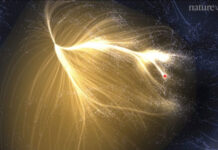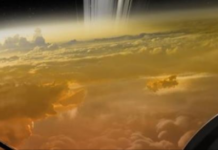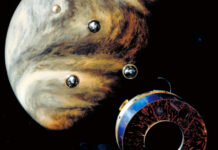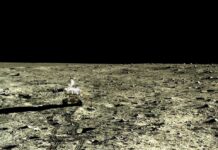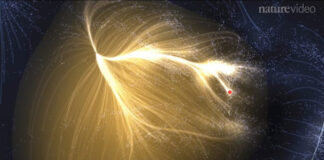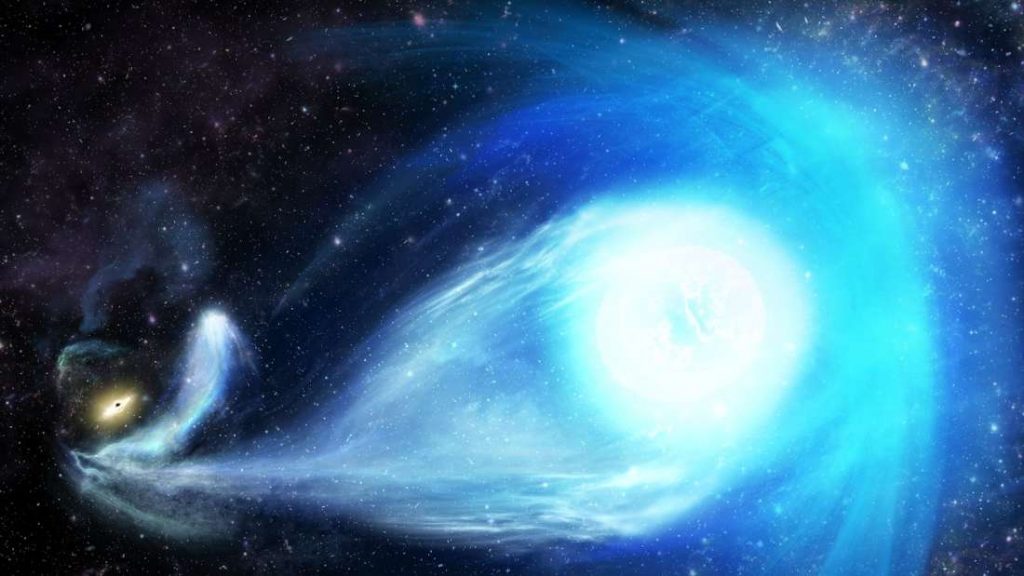
A star larger than the Sun has been seen escaping the Milky Way galaxy at a record-breaking 6 million kilometers per hour (3.6 million mph). Besides its sheer speed, the discovery is historic as the first time astrophysicists can confidently attribute the trajectory of a star to a close encounter with the black hole at the heart of our galaxy.
In celestial dynamics, it’s dangerous for a larger, more powerful third party to get too close. When two stars orbiting each other encounter a third, one risks being expelled from the pair. If the intruder on such “domestic bliss” is a supermassive black hole, the expulsion can be astoundingly forceful.
That’s the story of S5-HVS1 – a star recently identified to be moving at 1,755 kilometers (1,090 miles) per second away from the heart of the galaxy. If being flung into the vastness of intergalactic space sounds like a grim fate, it’s nothing to that of its former partner. The companion star may have been consumed by now, or it may still be in orbit around Sagittarius A* – the Milky Way’s supermassive black hole – but on an inevitable path to being destroyed.
S5-HVS1’s trajectory was discovered by accident, said Professor Gary Da Costa of the Australian National University to IFLScience. Da Costa is part of a team using the Anglo-Australian Telescope’s unique 2dF instrument to study the movements of streams of stars to identify former galaxies absorbed into the Milky Way. This telescope is capable of examining the spectra of 400 stars at once.
However, many fields of view don’t contain enough stars suspected of originating from captured galaxies to use the 2dF to its maximum capacity, so Da Costa and colleagues included other stars considered interesting for other reasons. S5-HVS1 was judged a candidate to be a blue horizontal branch star, a group of helium-powered stars astronomers want to learn more about.
The truth turned out to be much more interesting. The previous record-holder for stellar expulsion speedwas US 708, traveling at 4.3 million kph (2.6 million mph). Its impetus is thought to have been provided by the shockwave of a nearby supernova. Da Costa told IFLScience that “we’ve found other stars we thought were expelled by the black hole, but this is the first time we’ve been confident.”
By combining the radial movement (using the 2dF’s measurement of S5-HVS1’s red shift) and proper motion measured by the Gaia satellite, Da Costa and colleagues were able to publish its speed relative to the center of the galaxy in Monthly Notices of the Royal Astronomical Society (pre-print on ArXiv.org).
S5-HVS1 is about 2.3 times the mass of the Sun, and consequently much hotter and brighter. Its Sagitarrius A* encounter is thought to have happened 5 million years ago. Da Costa said that although it is slowing down as the galaxy’s gravity pulls it back, it’s lost less than 3 percent of its speed in that time.
For comparison, Voyager 1, the fastest of humanity’s interstellar travellers, is moving a thousand times slower.
Credit: iflscience



